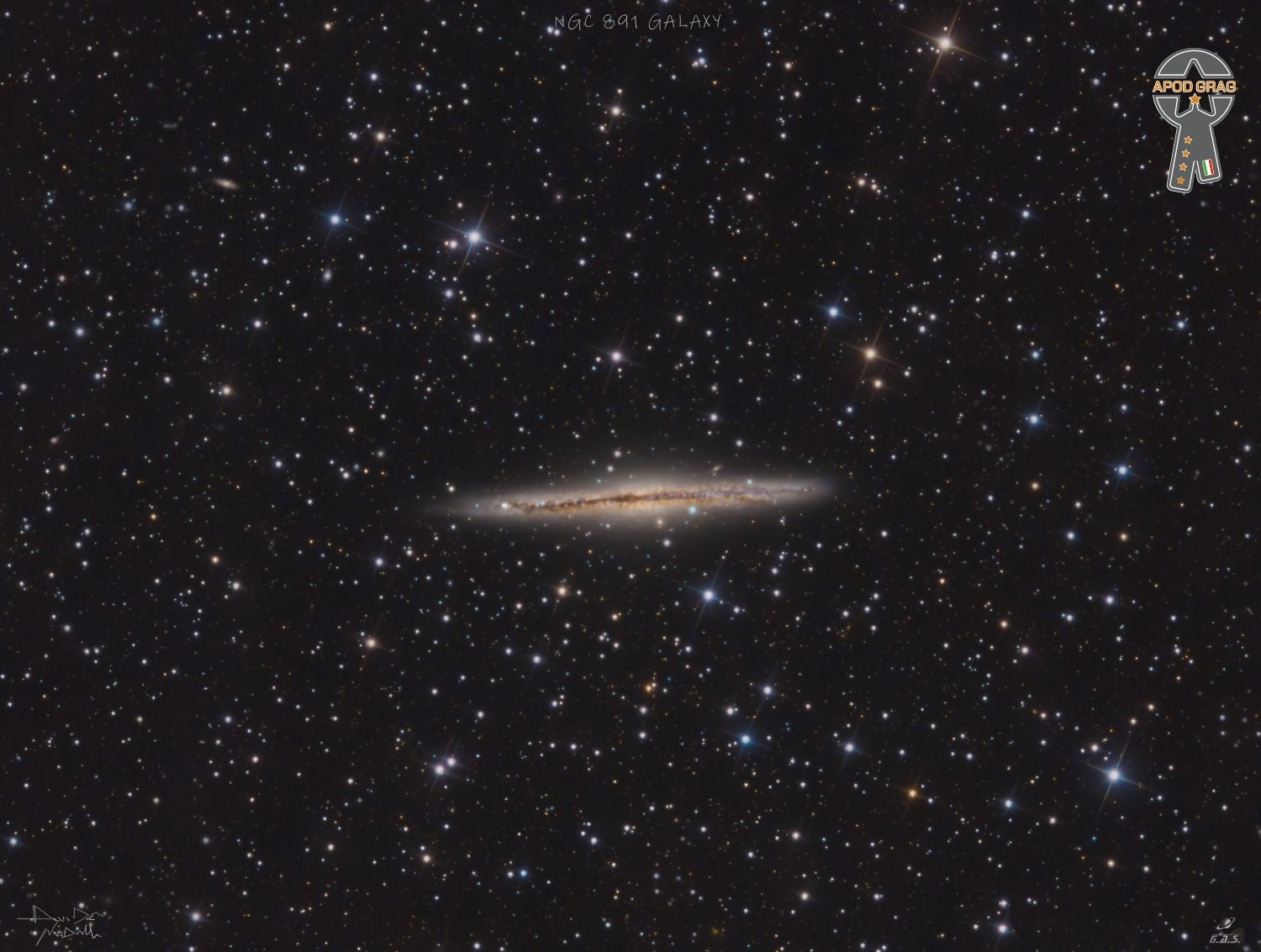Blog
Fred E. White (born Frederick Eugene Adams; January 13, 1955 – January 1, 2023) was an American musician and songwriter. He was one of the early members of Earth, Wind & Fire. He previously played drums on Donny Hathaway‘s Live album.
Earth, Wind & Fire consisting of Fred White along with half-brother Maurice White, brother Verdine White, and other members were inducted into the Rock & Roll Hall of Fame in 2000. White died in Los Angeles on January 1, 2023, at age 67.
more...Joe Pass (born Joseph Anthony Jacobi Passalacqua; January 13, 1929 – May 23, 1994) was an American jazz guitarist. Pass is well known for his work stemming from numerous collaborations with pianist Oscar Peterson and vocalist Ella Fitzgerald, and is often esteemed as one of the most notable jazz guitarists of the 20th century.
Pass was born in New Brunswick, New Jersey, on January 13, 1929. His father, Mariano Passalacqua, was a steel mill worker who was born in Sicily. The family later moved to Johnstown, Pennsylvania. Pass became interested in the guitar after he saw Gene Autry in the Western film “Ride, Tenderfoot, Ride. He got his first guitar when he was nine. He took guitar lessons every Sunday with a local teacher for 6-8 months and also practiced for many hours each day.
Pass found work as a performer as early as age 14. He played with bands led by Tony Pastor and Charlie Barnet, honing his guitar skills while learning the ropes in the music industry. He began traveling with small jazz groups and moved from Pennsylvania to New York City. Within a few years, Pass developed an addiction to heroin. He moved to New Orleans for a year and played bebop at strip clubs. Pass revealed to Robert Palmer of Rolling Stone that he had suffered a “nervous breakdown” in New Orleans “because [he] had access to every kind of drug there and was up for days […] [he] would come to New York a lot, then get strung out and leave. Joe Pass died from liver cancer in Los Angeles sixteen days later at the age of 65. Prior to his death, he recorded an album of Hank Williams songs with country guitarist Roy Clark.
more...Melba Doretta Liston (January 13, 1926 – April 23, 1999) was an American jazz trombonist, arranger, and composer. Other than those playing in all-female bands, she was the first woman trombonist to play in big bands during the 1940s and 1960s, but as her career progressed she became better known as an arranger, particularly in partnership with pianist Randy Weston. Other major artists with whom she worked include Dizzy Gillespie, Billie Holiday, John Coltrane, and Count Basie.
Liston was born in Kansas City, Missouri. At the age of seven, Liston’s mother purchased her a trombone and she began learning to play. Her family encouraged her musical pursuits, as they were all music lovers. Liston was primarily self-taught, but she was “encouraged by her guitar-playing grandfather”, with whom she spent significant time learning to play spirituals and folk songs. At the age of eight, she was good enough to be a solo act on a local radio station. At the age of 10, she moved to Los Angeles, California. She was classmates with Dexter Gordon, and friends with Eric Dolphy. After playing in youth bands and studying with Alma Hightower for three years, she decided to become a professional musician and joined the big band led by Gerald Wilson in 1943.
more...Performing at Mt Zion 1-12-24 630pm with Jennifer Struss Klein and Tami Morse. And commemorating MLK with
“Tzedek Tzedek Tirdof: Justice, Justice, You Shall Pursue”
Pulpit Guest – Jonathan Palmer
more...NGC 1514 is a planetary nebula in the zodiac constellation of Taurus, positioned to the north of the star Psi Tauri along the constellation border with Perseus. Distance to the nebula is 466 pc, according to GAIA DR2 data.
Ronald Shannon Jackson (January 12, 1940 – October 19, 2013) was an American jazz drummer from Fort Worth, Texas. A pioneer of avant-garde jazz, free funk, and jazz fusion, he appeared on over 50 albums as a bandleader, sideman, arranger, and producer. Jackson and bassist Sironeare the only musicians to have performed and recorded with the three prime shapers of free jazz: pianist Cecil Taylor, and saxophonists Ornette Coleman and Albert Ayler.
more...George M. Duke (January 12, 1946 – August 5, 2013 San Rafael, CA) was an American keyboardist, composer, singer-songwriter and record producer. He worked with numerous artists as arranger, music director, writer and co-writer, record producer and as a professor of music. He first made a name for himself with the album The Jean-Luc Ponty Experience with the George Duke Trio. He was known primarily for 32 solo albums, of which A Brazilian Love Affair from 1979 was his most popular, as well as for his collaborations with other musicians, particularly Frank Zappa.
more...James Columbus “Jay” McShann(January 12, 1916 – December 7, 2006 Muskogee, OK) was an American jazz pianist, vocalist, composer, and bandleader. He led bands in Kansas City, Missouri, that included Charlie Parker, Bernard Anderson, Walter Brown, and Ben Webster.
more...José Arcadio Limón (January 12, 1908 – December 2, 1972) was a dancer and choreographer from Culiacán, Mexico and who developed what is now known as ‘Limón technique’. In the 1940s, he founded the José Limón Dance Company (now the Limón Dance Company), and in 1968 he created the José Limón Foundation to carry on his work.
more...Fred McDowell (January 12, 1904 – July 3, 1972 Roseville, TN) known by his stage name Mississippi Fred McDowell, was an American singer, songwriter and guitarist.
more...NGC 891 (also known as Caldwell 23, the Silver Sliver Galaxy, and the Outer Limits Galaxy) is an edge-on unbarred spiral galaxy about 30 million light-years away in the constellation Andromeda. It was discovered by William Herschel on October 6, 1784. The galaxy is a member of the NGC 1023 groupof galaxies in the Local Supercluster. It has an H II nucleus.
The object is visible in small to moderate size telescopes as a faint elongated smear of light with a dust lane visible in larger apertures.

Lee Mack Ritenour (born January 11, 1952) is an American jazz guitarist who has been active since the late 1960s.
Ritenour was born on January 11, 1952, in Los Angeles, California, United States. At the age of eight he started playing guitar and four years later decided on a career in music. When he was 16 he played on his first recording session with the Mamas & the Papas. He developed a love for jazz and was influenced by guitarist Wes Montgomery. At the age of 17 he worked with Lena Horne and Tony Bennett. He studied classical guitar at the University of Southern California.
Ritenour’s solo career began with the album First Course (1976), a good example of the jazz-funk sound of the 1970s, followed by Captain Fingers, The Captain’s Journey (1978), and Feel the Night (1979).
more...Slim Harpo (born James Isaac Moore; January 11, 1924 – January 31, 1970) was an American bluesmusician, a leading exponent of the swamp blues style, and “one of the most commercially successful blues artists of his day”. He played guitar and was a master of the blues harmonica, known in blues circles as a “harp”. His most successful and influential recordings included “I’m a King Bee” (1957), “Rainin’ in My Heart” (1961), and “Baby Scratch My Back” (1966), which reached number one on Billboard‘s R&B chart and number 16 on its broader Hot 100 singles chart.
Moore was born in Lobdell, Louisiana, the eldest child in his family. After his parents died he worked as a longshoreman and construction worker in New Orleans in the late 1930s and early 1940s. Influenced in style by Jimmy Reed, he began performing in Baton Rouge bars using the name “Harmonica Slim”, and also accompanied his brother-in-law Lightnin’ Slim in live performances.
With his first scheduled tour of Europe and recording sessions already planned, “one of the cleanest living bluesmen of his era” died suddenly of a heart attack in Baton Rouge in January 1970 just 20 days after his 46th birthday. He was buried in Mulatto Bend Cemetery in Port Allen, Louisiana.
more...More Posts
- World Music with the Chieftains and Sinead O’Connor
- Daily Roots with the New Establishment
- The Cosmos with NGC 3324
- Jerry Jeff Walker Day
- Fred Neil Day
- Tommy Flanagan Day
- World Fusion with Nsimbi
- Daily Roots with Jackie Mittoo & Ernest Ranglin
- The MAROONS performing for the National Music Museum
- The Cosmos with M101
- Ry Cooder Day
- Charles Lloyd Day
- Lightnin’ Hopkins Day
- World Music with Cañizares
- Daily Roots with the Jolly Boys
- The Cosmos with M31
- Shirley Scott Day
- Quincy Jones Day
- Georg Philipp Telemann Day
- World Music with John Carty
